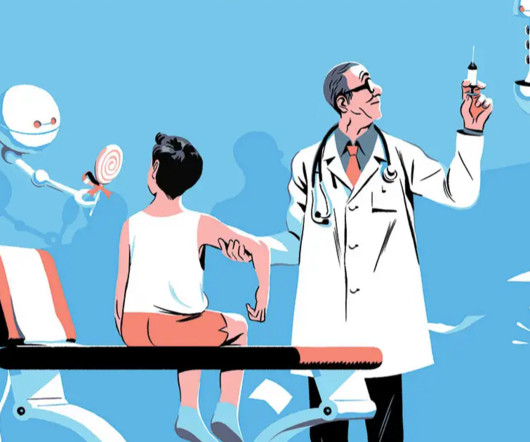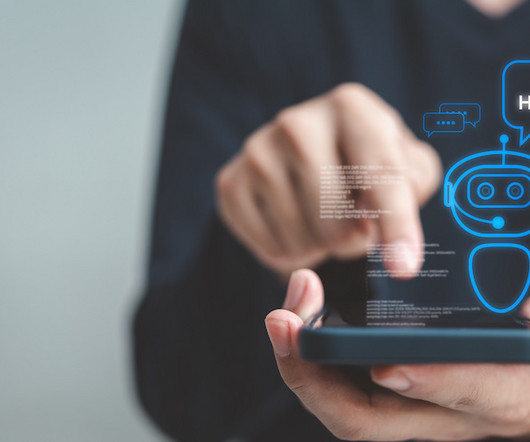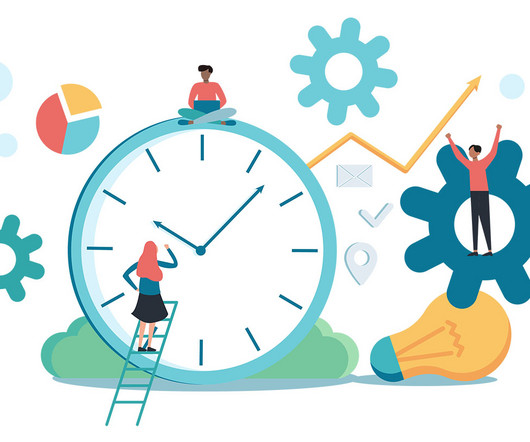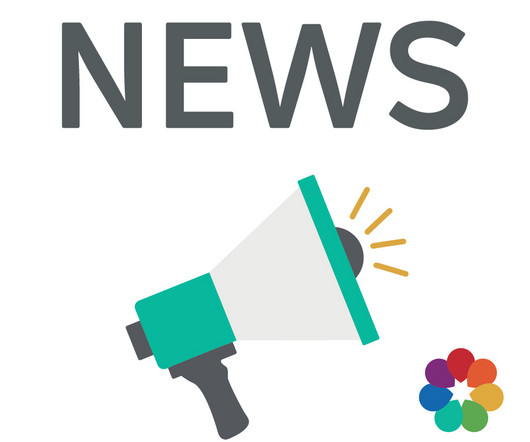How Physicians Can Use AI to Streamline Their Work
Mobius MD
NOVEMBER 18, 2024
Specifically, we’ll discuss how AI can: Automate Clinical Documentation Support Clinical Decision-Making Triage Patient Communication Diagnose Medical Images Automate Routine Tasks Each topic includes a Software Spotlight, highlighting practical tools that illustrate AI’s impact in real-world settings.


















Let's personalize your content